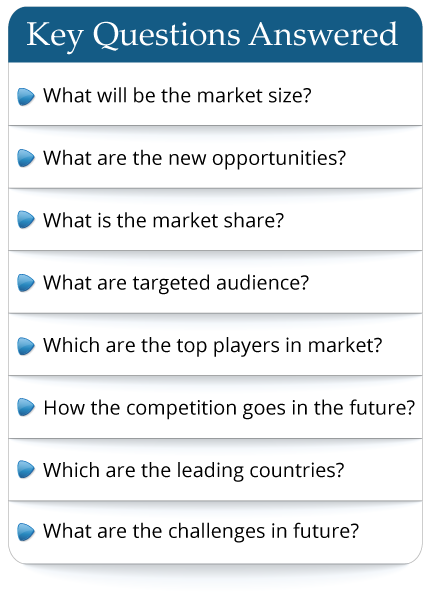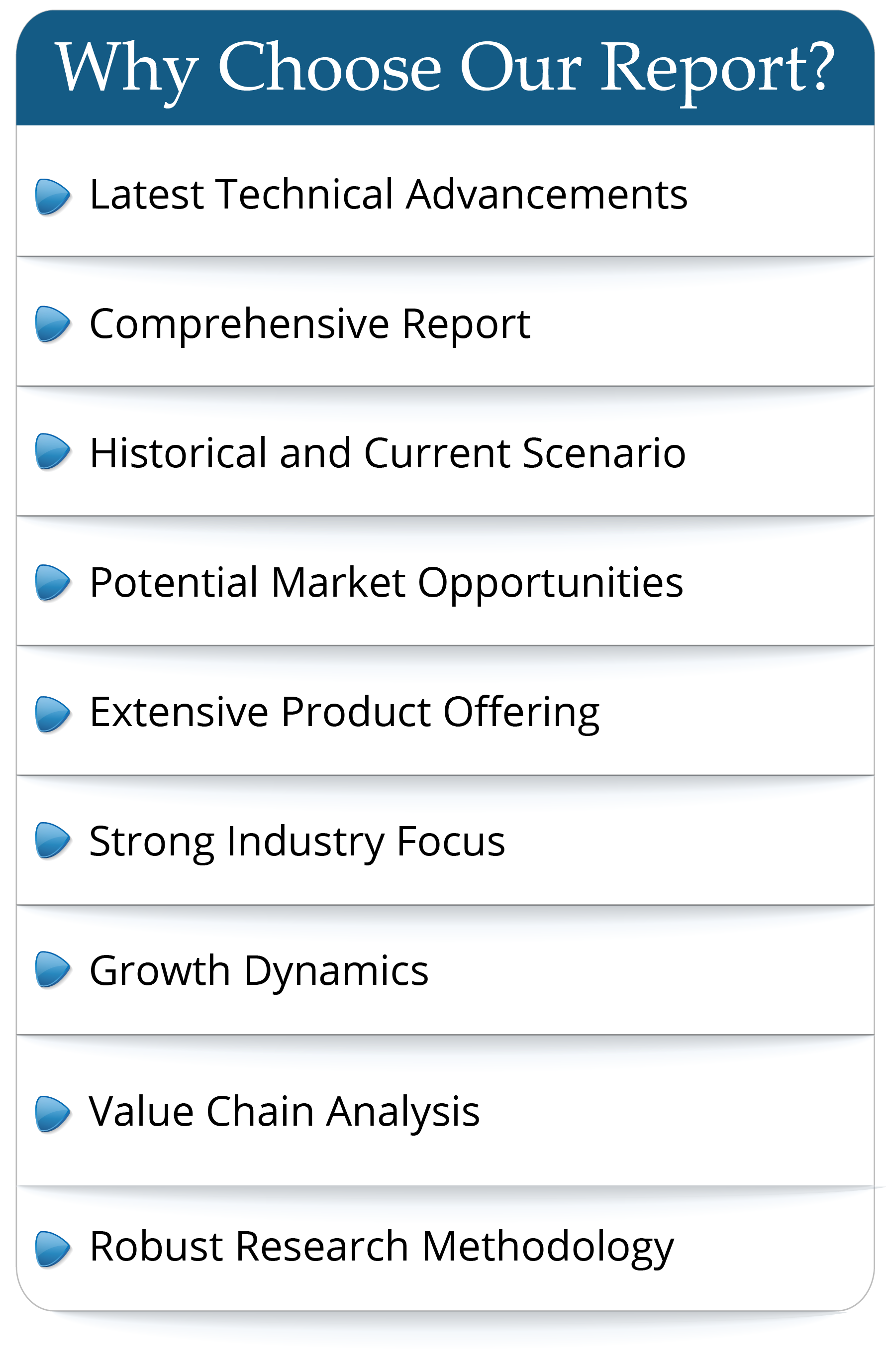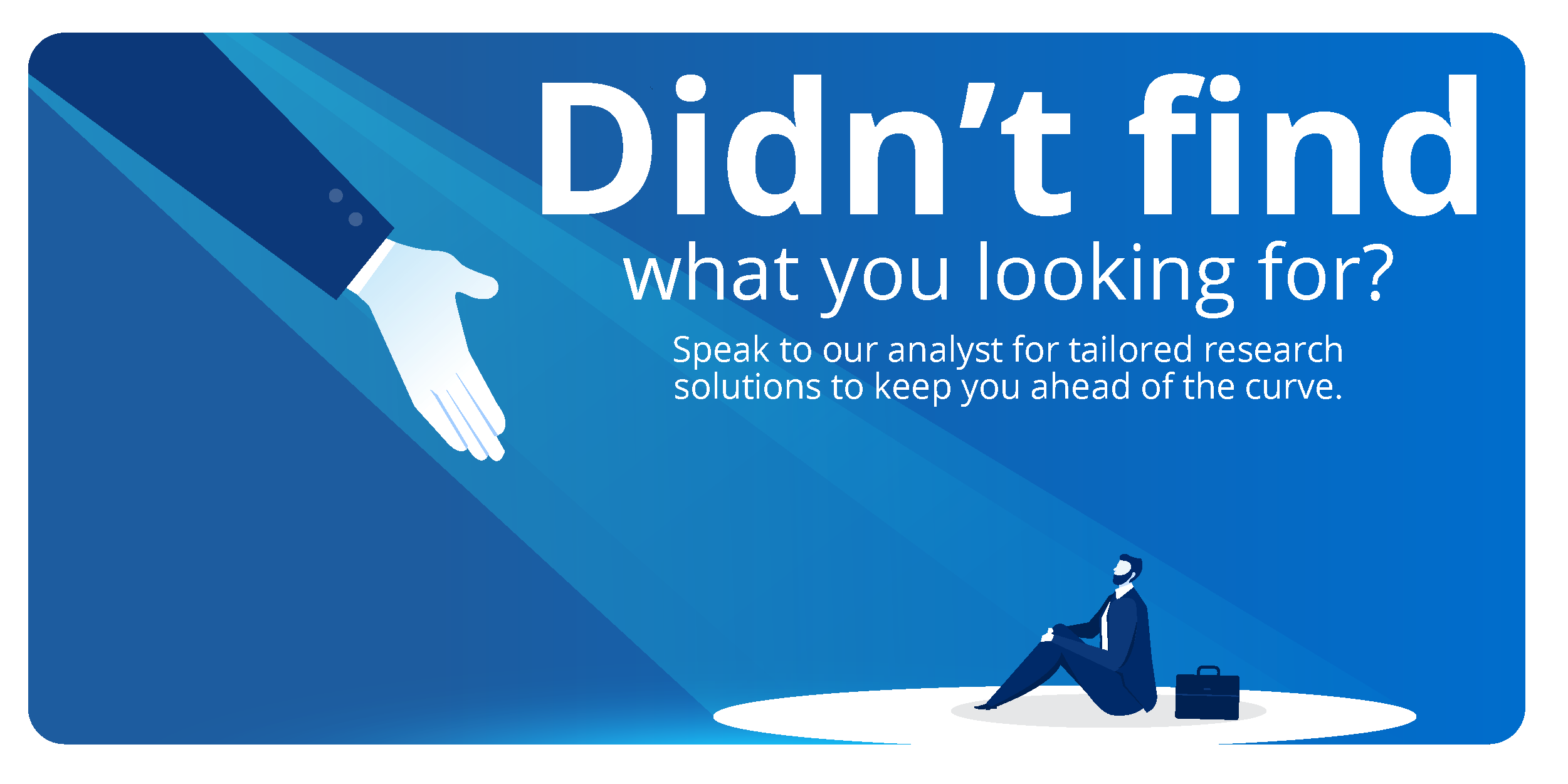Polyethylene (PE) foam is derived from polymerization of ethylene.
Scope of the Report:
This report focuses on the Polyethylene (PE) Foam in global market, especially in North America, Europe and Asia-Pacific, South America, Middle East and Africa. This report categorizes the market based on manufacturers, regions, type and application.
One of the latest trends that will gain traction in the global PE foam market in the coming years is the augmented investment in R&D of PE foams.
The worldwide market for Polyethylene (PE) Foam is expected to grow at a CAGR of roughly xx% over the next five years, will reach xx million US$ in 2023, from xx million US$ in 2017, according to a new study.
Market Segment by Manufacturers, this report covers
Armacell
JSP
Rogers Foam
Sealed Air
Zotefoams
FoamPartner
Mitsui Chemicals
Thermo-Tec
Wisconsin Foam Products
Market Segment by Regions, regional analysis covers
North America (United States, Canada and Mexico)
Europe (Germany, France, UK, Russia and Italy)
Asia-Pacific (China, Japan, Korea, India and Southeast Asia)
South America (Brazil, Argentina, Colombia etc.)
Middle East and Africa (Saudi Arabia, UAE, Egypt, Nigeria and South Africa)
Market Segment by Type, covers
High Density Polyethylene
Low Density Polyethylene
Linear Low Density Polyethylene
Market Segment by Applications, can be divided into
Packaging Industry
Automotive Industry
Building And Construction Industry
Footwear Industry
There are 15 Chapters to deeply display the global Polyethylene (PE) Foam market.
Chapter 1, to describe Polyethylene (PE) Foam Introduction, product scope, market overview, market opportunities, market risk, market driving force;
Chapter 2, to analyze the top manufacturers of Polyethylene (PE) Foam, with sales, revenue, and price of Polyethylene (PE) Foam, in 2016 and 2017;
Chapter 3, to display the competitive situation among the top manufacturers, with sales, revenue and market share in 2016 and 2017;
Chapter 4, to show the global market by regions, with sales, revenue and market share of Polyethylene (PE) Foam, for each region, from 2013 to 2018;
Chapter 5, 6, 7, 8 and 9, to analyze the market by countries, by type, by application and by manufacturers, with sales, revenue and market share by key countries in these regions;
Chapter 10 and 11, to show the market by type and application, with sales market share and growth rate by type, application, from 2013 to 2018;
Chapter 12, Polyethylene (PE) Foam market forecast, by regions, type and application, with sales and revenue, from 2018 to 2023;
Chapter 13, 14 and 15, to describe Polyethylene (PE) Foam sales channel, distributors, traders, dealers, Research Findings and Conclusion, appendix and data source
Scope of the Report:
This report focuses on the Polyethylene (PE) Foam in global market, especially in North America, Europe and Asia-Pacific, South America, Middle East and Africa. This report categorizes the market based on manufacturers, regions, type and application.
One of the latest trends that will gain traction in the global PE foam market in the coming years is the augmented investment in R&D of PE foams.
The worldwide market for Polyethylene (PE) Foam is expected to grow at a CAGR of roughly xx% over the next five years, will reach xx million US$ in 2023, from xx million US$ in 2017, according to a new study.
Market Segment by Manufacturers, this report covers
Armacell
JSP
Rogers Foam
Sealed Air
Zotefoams
FoamPartner
Mitsui Chemicals
Thermo-Tec
Wisconsin Foam Products
Market Segment by Regions, regional analysis covers
North America (United States, Canada and Mexico)
Europe (Germany, France, UK, Russia and Italy)
Asia-Pacific (China, Japan, Korea, India and Southeast Asia)
South America (Brazil, Argentina, Colombia etc.)
Middle East and Africa (Saudi Arabia, UAE, Egypt, Nigeria and South Africa)
Market Segment by Type, covers
High Density Polyethylene
Low Density Polyethylene
Linear Low Density Polyethylene
Market Segment by Applications, can be divided into
Packaging Industry
Automotive Industry
Building And Construction Industry
Footwear Industry
There are 15 Chapters to deeply display the global Polyethylene (PE) Foam market.
Chapter 1, to describe Polyethylene (PE) Foam Introduction, product scope, market overview, market opportunities, market risk, market driving force;
Chapter 2, to analyze the top manufacturers of Polyethylene (PE) Foam, with sales, revenue, and price of Polyethylene (PE) Foam, in 2016 and 2017;
Chapter 3, to display the competitive situation among the top manufacturers, with sales, revenue and market share in 2016 and 2017;
Chapter 4, to show the global market by regions, with sales, revenue and market share of Polyethylene (PE) Foam, for each region, from 2013 to 2018;
Chapter 5, 6, 7, 8 and 9, to analyze the market by countries, by type, by application and by manufacturers, with sales, revenue and market share by key countries in these regions;
Chapter 10 and 11, to show the market by type and application, with sales market share and growth rate by type, application, from 2013 to 2018;
Chapter 12, Polyethylene (PE) Foam market forecast, by regions, type and application, with sales and revenue, from 2018 to 2023;
Chapter 13, 14 and 15, to describe Polyethylene (PE) Foam sales channel, distributors, traders, dealers, Research Findings and Conclusion, appendix and data source
Frequently Asked Questions
This market study covers the global and regional market with an in-depth analysis of the overall growth prospects in the market. Furthermore, it sheds light on the comprehensive competitive landscape of the global market. The report further offers a dashboard overview of leading companies encompassing their successful marketing strategies, market contribution, recent developments in both historic and present contexts.
- By product type
- By End User/Applications
- By Technology
- By Region
The report provides a detailed evaluation of the market by highlighting information on different aspects which include drivers, restraints, opportunities, and threats. This information can help stakeholders to make appropriate decisions before investing.

 Pre-order Enquiry
Pre-order Enquiry Request Free Sample
Request Free Sample












